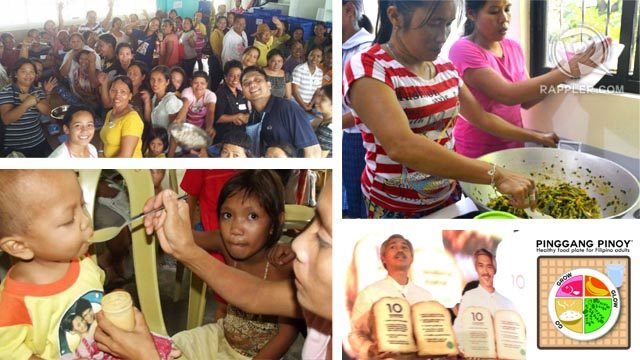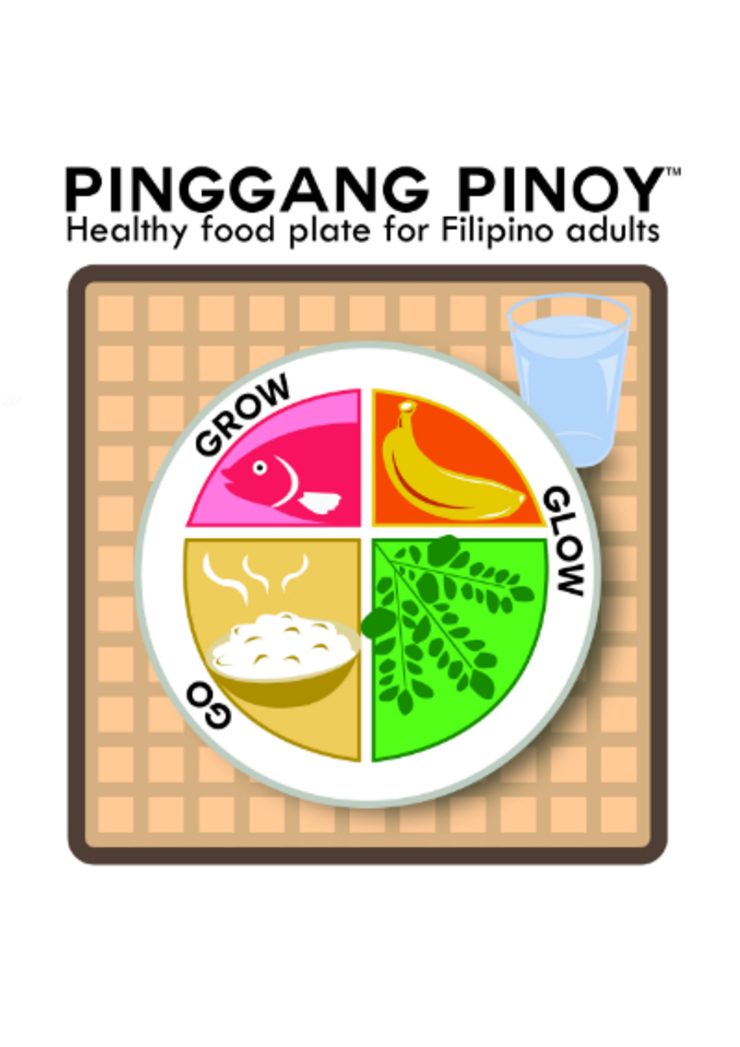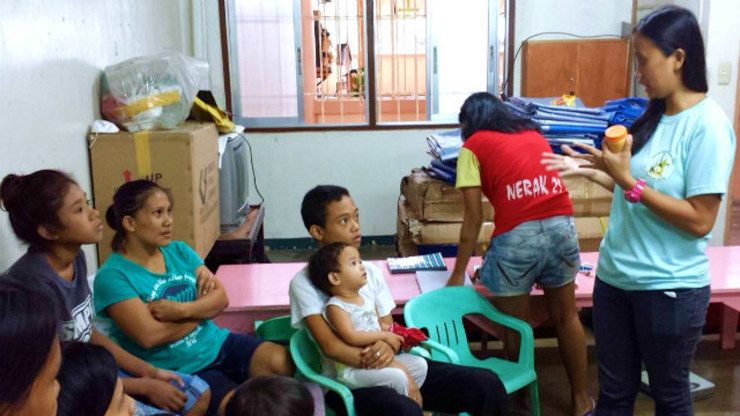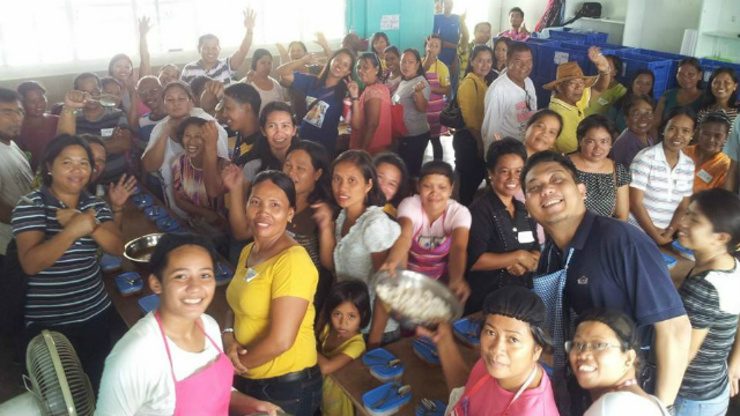SUMMARY
This is AI generated summarization, which may have errors. For context, always refer to the full article.

MANILA, Philippines – The year 2014 was a critical time for the Philippines’ efforts against hunger and malnutrition.
It was the year before the deadline of the 2015 Millennium Development Goals, a list which includes eradicating hunger and poverty as a top priority.
Unfortunately, the Philippines will not be able to meet the target. It is also undeniable that there are still a lot to be done to ensure #ZeroHunger among children. (READ: What is the nutritional status of Filipinos?)
It is important to note, however, that there had been improvements, albeit minimal. These are due to the efforts of the government and non-governmental organizations in the past year.
These organizations’ projects and programs in 2014 have contributed to the progress the country has attained towards ending hunger and malnutrition.
As the year ends, let us look back at these efforts. From helpful information dissemination campaigns to community building programs, we hope that these will continue in 2015.
Information is important: Pinggang Pinoy and 10 Kumainments
Food and Nutrition Research Institute and National Nutrition Council

It is an age-old saying that information is key to a better future. However, the problem lies when the main concepts of this information are not effectively illustrated to stakeholders. This was what some government agencies avoided by when they utilized the ability of people to process information better through visual aids.
FNRI’s Pinggang Pinoy aims to introduce the adequate serving size per meal of a person aged 21 and above. The serving size, according to the FNRI, ensures that a person will have the right amount of nutrients needed by the body. To achieve this, a graphic guide was made which features the predetermined portion of each component of a meal. (READ: What a Pinggang Pinoy should look like)
The National Nutrition Council, meanwhile, launched a less technical and more comprehensible version of the revised National Nutritional Guidelines for Filipinos to make it more appealing to ordinary people. Entitled “10 Kumainments,” the media campaign also features a champion who carries two loaves of bread where the commandments are etched and he is, appropriately, called Moises Dalisay or “Mang Moy.” (INFOGRAPHIC: The ’10 Kumainments’)
Both the 10 Kumainments and the Pinggang Pinoy have spread across the Philippines through the help of important practitioners such as Nutrition Action Officers, Barangay Nutrition Scholars, and Barangay Health Workers.
Making what’s available work: Peanut Butter Project and Momsie
Payatas Orione Foundation and World Food Programme
Treating malnutrition is not an easy task. Aside from the level of determination one should possess, the necessary supplies are expensive especially when sourced from international providers. This has been the problem of several NGOs in the Philippines. Some opt to take the long road and just use healthy vegetable meals while there are those who still purchase imported supplementary therapeutic food.
However, two organizations saw an opportunity to utilize what is available instead of spending huge amounts of money and in return, more children will be treated.

Payatas Orione Foundation (PAOFI) proudly uses locally-sourced ingredients to produce the peanut butter paste they use to treat the malnourished children of Payatas. The micronutrients are the only ones they get – for a much cheaper price – from their partners abroad. Aside from saving children, the foundation also trains those involved in the production. (READ: Payatas, poverty, and the Peanut Butter Project)
The World Food Programme (WFP) partnered with the FNRI to produce Momsie, a supplementary food that is made from locally-available ingredients. WFP also made sure that the food will be well accepted by children so they considered everything in the production process. According to the FNRI, a pack of Momsie already has more than half of the nutritional requirements of a child per day. (READ: How local crops can end malnutrition)
Ending hunger through community engagement
Gawad Kalinga and Sparrow Music
Organizations involved in ending hunger do not stay in one area forever. It is also important to realize that when the children go home after a session with an NGO’s program, it is the responsibility of the parents or guardians to continue what has been started.
Community engagement in ending hunger is important as it will make sure that the beneficiaries will still face a brighter future once the program ends. By involving the adults of a community in feeding programs, they will be able to learn the craft and hopefully apply the skills on their own children.

Gawad Kalinga’s Kusina ng Kalinga targets several communities across the Philippines. Their kitchens are manned by relatives – if not mothers – of the children enrolled in their program. The organization aims not just to feed more than 50,000 children but to also form a bond within the community. (READ: Hunger ends where caring begins)
At first glance, one might think that Sparrow Music only offers music lessons. But the Payatas-based center does more than that to the point that it becomes a “safe haven” for the underprivileged children in the area. What makes this unique is that it is a collaborative effort in the community: mothers help in the kitchen for the daily nutritious meals while older children volunteer as the ates and kuyas (older sisters and brothers) of the beneficiaries. (READ: Music and nutrition in Payatas)
Improved funding from the government
The fight against hunger and malnutrition should not only rely on the generosity of individuals and organizations. The government should play an active role by providing the means to eradicate the problem.
However, it has been a constant situation wherein the funding wasn’t enough for projects to push through. In case that it does push through, it is severely underfunded, therefore compromising its outcome.

Tables have turned as the fourth quarter of 2014 witnessed more politicians backing and championing the fight against hunger. An increase in the budget has also been approved by the government.
The Philippine government has earmarked P7.2 billion ($159 million)* in the 2015 national budget for the supplemental feeding program of the Department of Education (DepEd).
Meanwhile, the Department of Social Welfare and Development (DSWD) stands to get P3.36 billion ($74.6 million) to treat undernourished children between two to 5 years old. (READ: Gov’t feeding program to benefit 4M ‘wasted’ children in 2015)
The year 2015 will be another crucial for the Philippines, especially as the 2016 presidential elections draw near. With proper collaboration among different sectors, #ZeroHunger can be achieved. – Rappler.com
Do you know any other efforts by NGOs aiming to end hunger and malnutrition? Let us know in the comments section!
How can we help fight hunger? Recommend NGOs, report what your school or LGU is doing, or suggest creative solutions. E-mail us at move.ph@rappler.com. Be part of the #HungerProject.
Add a comment
How does this make you feel?
There are no comments yet. Add your comment to start the conversation.